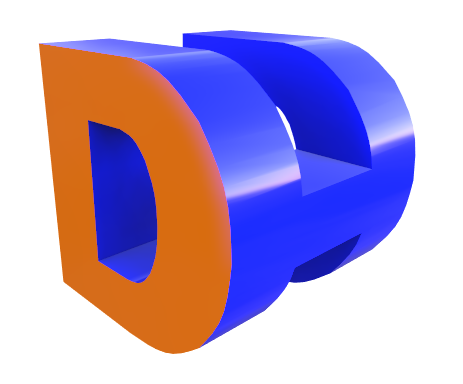How to prepare for FE Exam conceptual questions
The FE exam is always changing. I know when I took my FE exam in 2017, the structure of the exam was not how it is today. As of 2023, the NCEES is purposefully designing this exam to not only test our traditional problem solving where we use equations to arrive at the final answer. The exam is also designed to test our conceptual/theoretical understanding of fundamental engineering problems.
Ok so what? Why is this important? What does this mean when it comes to effectively preparing for your 2023 FE exam?
First things first: solving only calculation-based problems will not guarantee that you’re preparing for those conceptual questions the FE exam loves to test. You need to change things up. You will need to structure your study sessions in a way where you’re building both your problem-solving skills and theoretical knowledge. The two go hand in hand, but a lot of students skip the theoretical knowledge step and jump right into solving practice problems.
Let’s discuss four tips you can apply today to help you prepare for those FE exam conceptual questions.
1. Make your own flashcards
The FE exam will test your understanding of fundamental engineering definitions and key terms. Flashcards can be very effective in helping us learn these key terms. Well, as long as they’re used correctly.
You will need to do the hard work by creating your own flashcards. You will need to practice creating flashcards in your own words, pictures, and methods for explaining certain FE exam definitions and concepts. Doing this naturally strengthens those neural pathways, which enable you to easily recall concepts you learn at a later date.
When making your flashcards, make sure to add pictures to your cards to make them more memorable. This doesn’t mean that you should eliminate using words in your cards; rather, a mixture of words and pictures always works better than just using pictures.
Don’t clutter your flashcards with too much information! For each key term, write a definition that’s only a few short sentences. Having too much information on your flashcard will make it harder for you to retain the information. Consequently, when you go back to review a clustered flashcard, you’ll only remember a little bit of it. Then, you may tell yourself “oh, I knew the rest of that”. That right there is called false competence or “illusion of competence”. The best way to avoid this illusion is by creating simple flashcards without too much information.
If a concept or key FE exam term is too complex to be included in one flashcard, then it’s best that you break down this concept into multiple flashcard questions.
Flashcards serve their primary purpose in engaging your active recall, where you’re trying to retrieve information from your brain that you’ve learned before. To enhance this process, space out your flashcard reviews for each FE exam topic at intervals when you’re just beginning to feel like you’re forgetting what you learned in previous topics you’ve already covered. It doesn’t make sense to review your flashcards if everything is still fresh in your mind.
2. Read and take notes over concepts/theory before solving FE problems
Don’t just dive into solving FE practice problems for each topic without reading and taking notes on the broad fundamental concepts.
Your review material should supplement your learning by providing you with simple, easy-to-understand conceptual notes for each FE exam topic. If you don’t have access to these sorts of notes, challenge yourself by doing the hard work of retrieving relevant concepts online or from YouTube lecture videos.
Reading over the concepts before solving practice problems is the best way to expose yourself to those broad foundational terms or big picture ideas that must be understood before doing practice problems. This study sequence will save you time when compared to covering practice problems rather than bouncing back to concepts that you may not have understood.
As you’re covering these conceptual lesson notes for each topic, you should always be referencing the latest FE Handbook (FE Handbook 10.2) with the goal of associating the equations with the concepts you’re reading.
You should also be creating your own summary notes for each topic that build off these conceptual notes you’re reading. It’s important that you do this to engage your “active learning,” where you’re attempting to write your own explanations in a way that makes sense to you.
3. Build your own FE Exam Summary/Equation sheets
Do this for each topic. For example, for analytic geometry, you want to create a simple, easy to read equation sheet that may include the following:
- Time saving unit conversions
- Key terms with simple definitions
- Time saving equations not in the FE Handbook (memorizing these should save you time on exam day)
You will refer to these equation sheets when reviewing each topic you’ve already covered. Start building yours today!
4. Understand fundamental FE exam engineering processes
Think of it this way, every single engineering application is a process. We often simplify this process by using formulas and equations. Nevertheless, these formulas tell us something about the process. Maybe it’s a general growth pattern (linear, logarithmic, etc), a balance of forces (ΣF = 0), or it’s revealing a relationship between each variable used in the equation.
Whenever you’re applying equations, really think about the underlying process involved in each FE exam practice problem you’re solving.
For many engineering applications, the process may also be physical. Think of a water treatment plant. What are the components involved? What’s the purpose of each component? How do these components interact? What is the overall treatment goal?
These are the types of questions you should practice asking. The more you do it, the more it becomes part of your natural problem-solving process.








